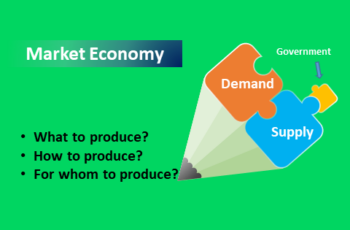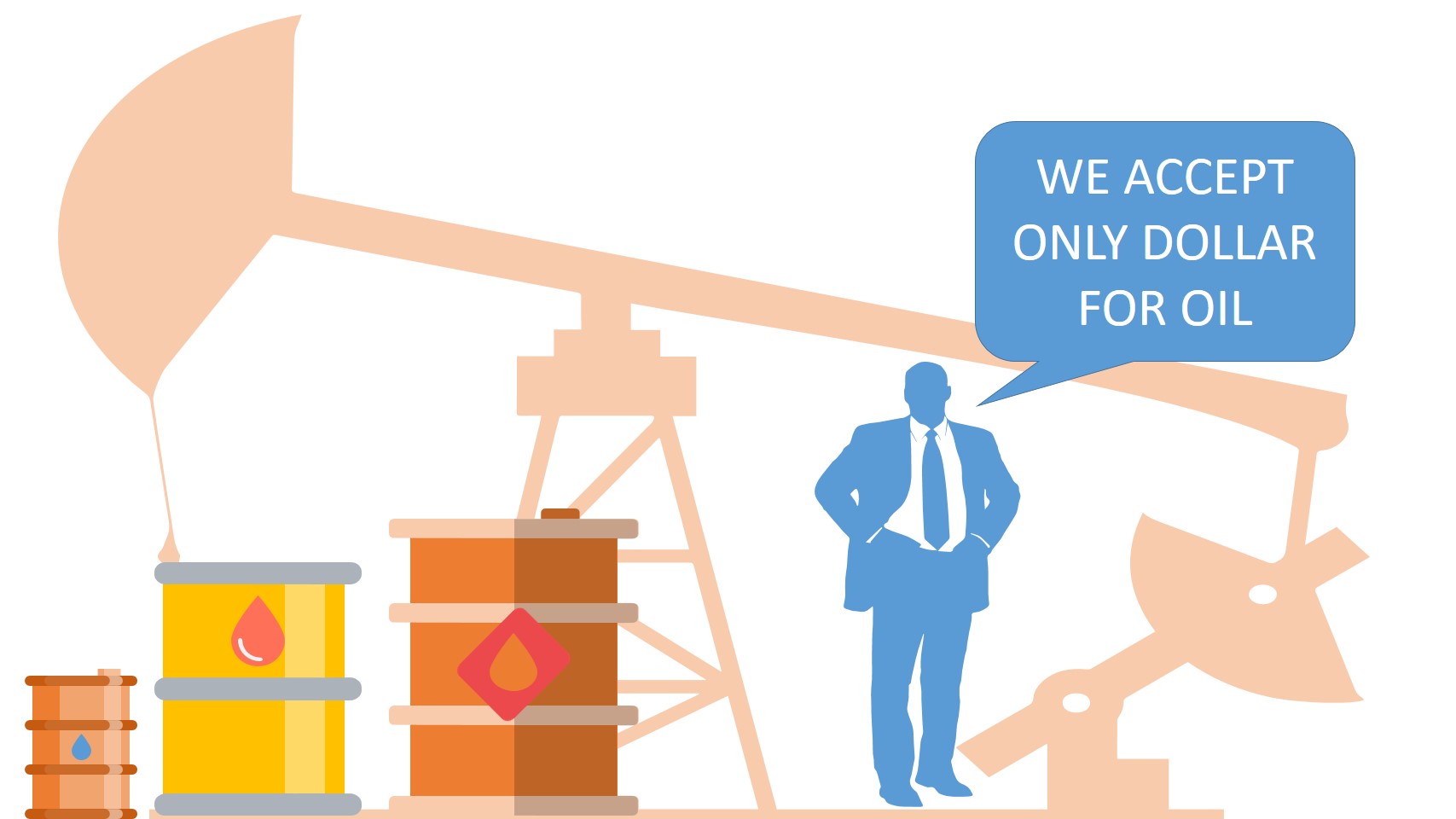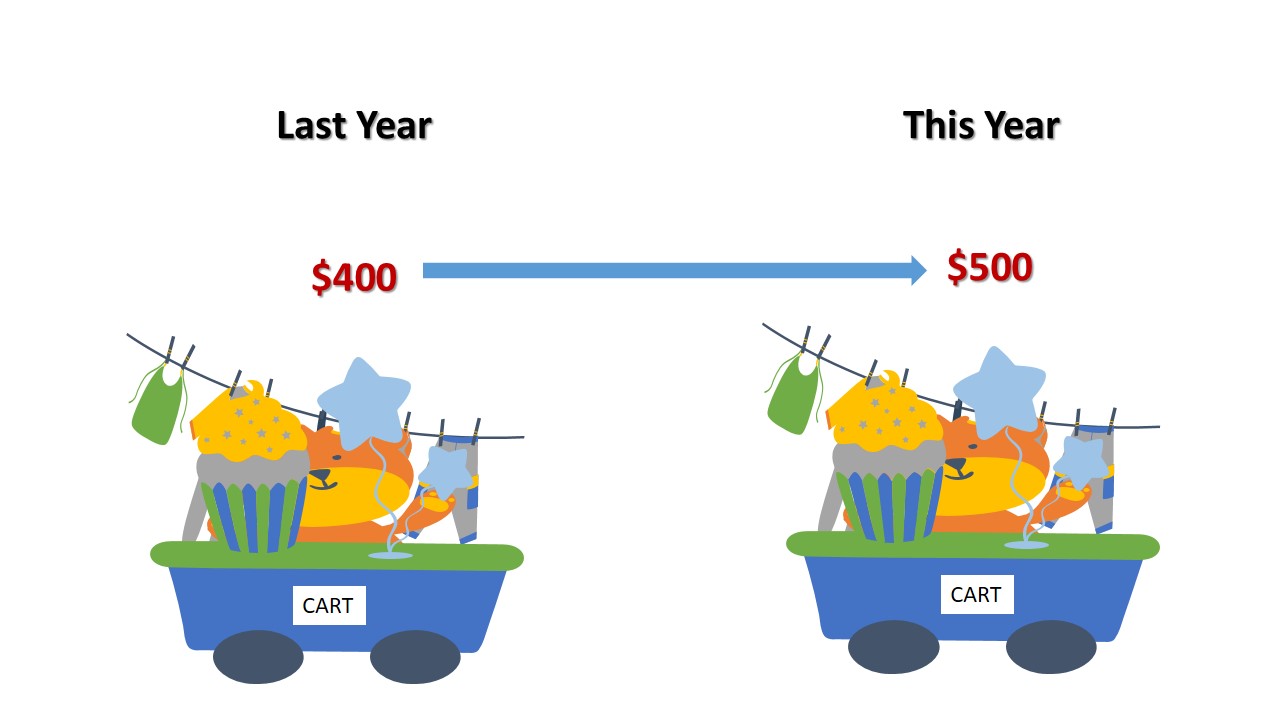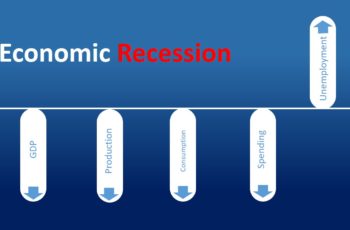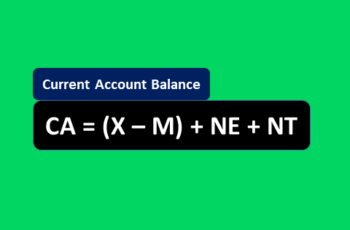The Balance of Payments (BoP) records the flow of money internationally. Here are some examples:
- An Australian tourist spends money in Brazil
- A Chinese company imports soybeans from the United States
- The United States government sends money to Afghanistan as a donation
- A Qatari businessman buys a football club in the UK
- … and more
In the above examples, money flows from one country to another.
So, what is the Balance of Payments?
The Balance of Payments records all international payments by residents which can be individuals, organizations, and government entities. In other words, the Balance of Payments is a record of all money flowing into a country in a particular period and the outflow of money to the rest of the world.
For example, the Balance of Payments of the USA is a record of all money flowing into the USA and the outflow of money from the USA to the rest of the world in a period. This period can be monthly, quarterly, or annually.
Balance of Payments Components
The Balance of Payments contains three components: the current account, financial account, and capital account.
In the following, you read briefly each of them.
1. Current Account
The current account records money transactions that do not affect production and service provisions.
The current account has three components and they are:
- Balance of Trade: It is the difference between all exports and imports between a country and the rest of the world. The balance of trade is the most important part of the current account and the balance of payments too. Moreover, it is the largest account of the current account and the BoP in terms of value.
- Net Primary Income: It is the income difference between one country and the rest of the world paid as wages and investment income, such as profits and dividends.
- Net Transfers. It is the net difference between money transactions between one country and the rest of the world where one party pays without receiving something in return.
2. Capital Account
The capital account records the flow of assets and liabilities between a country and the rest of the world.
Capital account components are:
- Tangible assets: Tangible assets are those assets that you can touch. Examples are the sale of lands, debt forgiveness, and asset transfers between residents.
- Intangible assets: are those assets that you cannot touch, however worth money. Examples are copyrights, trademarks, and rights to use lands.
3. Financial Account
A financial account records the movement of financial assets between one country and the rest of the world. Examples are government reserve assets held by central banks, bonds, stocks, and derivative contracts.
Balance of Payments Equation
The Balance of Payments equation says that the sum of the current account balance, net capital account, net financial account, and some errors should be zero.
So,
Balance of Payments = current account + capital account + financial account + net errors and omissions = 0
In the above formula, you read “net errors and omission.” The net errors and omissions are added because the sum of the Balance of payments components should be zero. Errors and omissions can arise from sourcing data and compilation of data, and even biases may be involved in the collection of data.
Does the Balance of Payments Balance?
The Balance of Payments balances because of the double entry accounting rule. Based on this rule, every transaction impacts at least two accounts; one account gives, and another/others receives. In which one account is credited the other is debited, and vice versa.
And the sum of credits equals the sum of debits. So, it is balanced.
In the BoP accounting, wherever money flows, it is credited, and the other side is debited.
Note: Some may talk about the Balance of Payments Deficit. It is not true. Everything that a country receives it gives something in exchange. For example, a foreigner buys a house with cash inside a country which is an inflow of money, he receives a house which is an asset. However, they could mean the current account deficit or the trade deficit. In this case, to offset the current account deficit, the government uses forex reserves or borrows money from other countries or the IMF to offset and balance the BoP.
Balance of Payments Transaction Example
To make BoP clear, I give you an example.
In this example, you are the accountant of the United States.
As an accountant, you open a Balance of Payments account for the United States and one account for every country as your trading partner, including China. You manage all of these accounts.
In this example, two transactions occur. First, America buys clothes from China, and money flows from America to China, affecting the current account. Second, Japan (not China) buys Treasury Bills from the United States, and money flows from Japan to the USA, affecting the financial account.
In the first transaction, you credit China’s Balance of Payments in your accounting book and debit the USA’s BoP for receiving clothes. Clothes as assets increased in the USA, and cash decreased.
In the second transaction, you credit the USA’s Balance of Payments where money flows and debit the BoP of Japan.
Balance of Payments Meaning for the Economy
The Balance of Payments (BoP) equals zero. Zero doesn’t imply that the economy is in good or bad shape.
However, components of BoP say about the economic position of a country in the world. It reveals how a nation finances its international transactions.
When money inflow, there is an outflow at the same. The sources of these flows define how a country finances its money transactions abroad.
The trade balance is the most important part of the current balance of Balance of Payments. It records exports and imports. If a country’s exports equal its imports, well done. But, it is much better if exports exceed imports, known as trade surplus. A country with a trade surplus has more options than those with a deficit. For example, it can simply accumulate reserves or invest abroad.
On the other hand, if a country is importing more goods and services (having a trade deficit) and offset this deficit by selling assets inside, its economy is not a good condition. For example, selling reserves to import goods and services puts in jeopardy that makes compensation difficult or impossible.
However, there are some exceptions, but will not last forever. For example, the USA consistently imports more than it exports and finances its deficit by selling governmental bonds (affecting financial accounts) and sending dollars (cash transfers). This country can afford to continue though, because its currency is an international means of transaction and foreigners buy its bonds because of trust in the US economy. By the way, the USA has the largest economy and military in the world.
Critics believe that this trend can not last forever. Others such as China and BRICS nations can challenge this trend. And it can happen.
Final Words
Balance of Payments summarizes international transactions between a country and the rest of the world.
Its components are the current account, capital account, and financial account.
The sum of components transaction value is zero. So, it has a meaning for the economy if its components are analyzed.
Money coming inside a country through export is more valuable than selling assets inside such as bonds and reserve currencies by the central bank.

